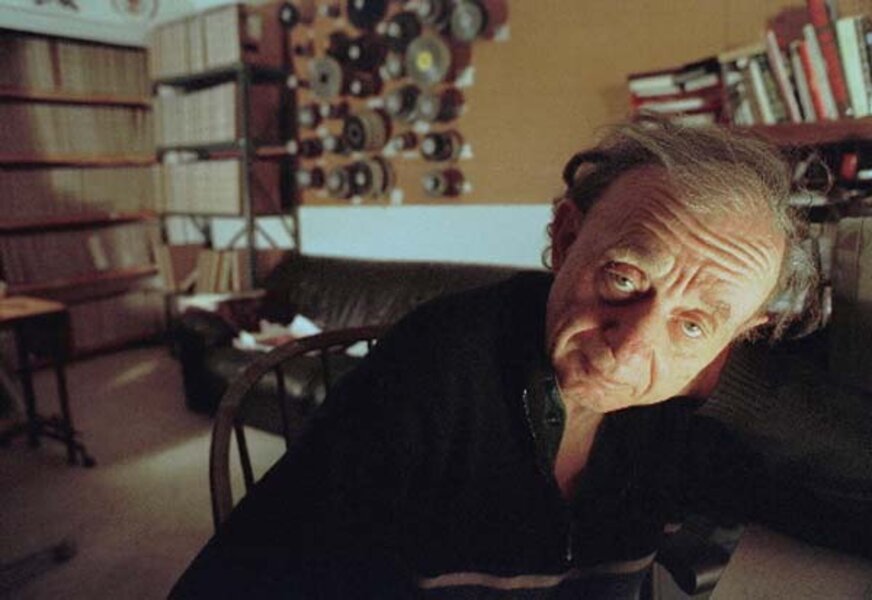Crazy Horse: movie review
Loading...
In “Crazy Horse,” Frederick Wiseman, our greatest documentarian, turns his sights on the world’s most famous exotic dance club. Located in Paris beneath Avenue George V and billed as “the best chic nude show in the world,” Crazy Horse, or “Le Crazy” as it is sometimes known, has been packing them in since its founding in 1951.
Although Wiseman has made stunning documentaries with titles like “Hospital,” “Welfare,” Juvenile Court,” “High School,” “Basic Training,” and “Law and Order,” he has also ranged far beyond the gravitas of these subjects with such performance-oriented films as “Ballet” and “La Danse – Le ballet de l’Opéra de Paris.”
Wiseman’s movies are often discussed in terms of how they comprehend institutional environments. What his films are really about are the ways in which those institutions distend the bodies and souls of those who reside within them. In the case of “Crazy Horse,” all that distending is, at the least, highly photogenic. This film is minor Wiseman, but, on a technical level, it’s as snazzy as anything he’s ever done and lots of fun. It puts you not only backstage at the club but also in the front row. Watching the film, you half expect a waiter to set up a table before you and lay out the champagne.
Wiseman, who now lives part-time in Paris, gives us both the presentations of the dance numbers and the step-by-step preparations leading up to them. We don’t, however, hear much from the dancers themselves, and this is regrettable if only because it reinforces the notion that these women are essentially bodies in motion. Wiseman can be forgiven for thinking so, since these bodies certainly fill the camera frame. He and his regular cinematographer John Davey shoot the numbers in much the same way as they are designed and choreographed – as chichi abstractions, come-hither fantasias.
Wiseman sees in these women, most of whom are apparently from Russia and Eastern Europe, a level of artistry, or at least of artistic commitment, that is all of a piece with, say, the Paris ballet dancers. What he admires about them, aside from the obvious, is their exuberant desire to please and their artful, not vulgar, way of expressing that desire. By neglecting to delve as deeply into their offstage lives as he does the lives of the show’s choreographer (Philippe Decouflé) and artistic director (Ali Mahdavi, unidentified by name), Wiseman may be betraying his own enswooned relationship to these women. He wants to preserve their mysteriousness.
And yet, en masse, their personalities do come through, no more so than in the backstage scene where we see the women giggling helplessly at a blooper reel of famous Russian ballet dancers flubbing their moves. In some ways, the film’s most revelatory sequence comes when we see women auditioning for the company. By not coming on as creatures of fantasy, what these women may lose in mysteriousness they gain in humanity. And voilà – humanity can be sexy, too. Grade: B+ (Unrated.)





